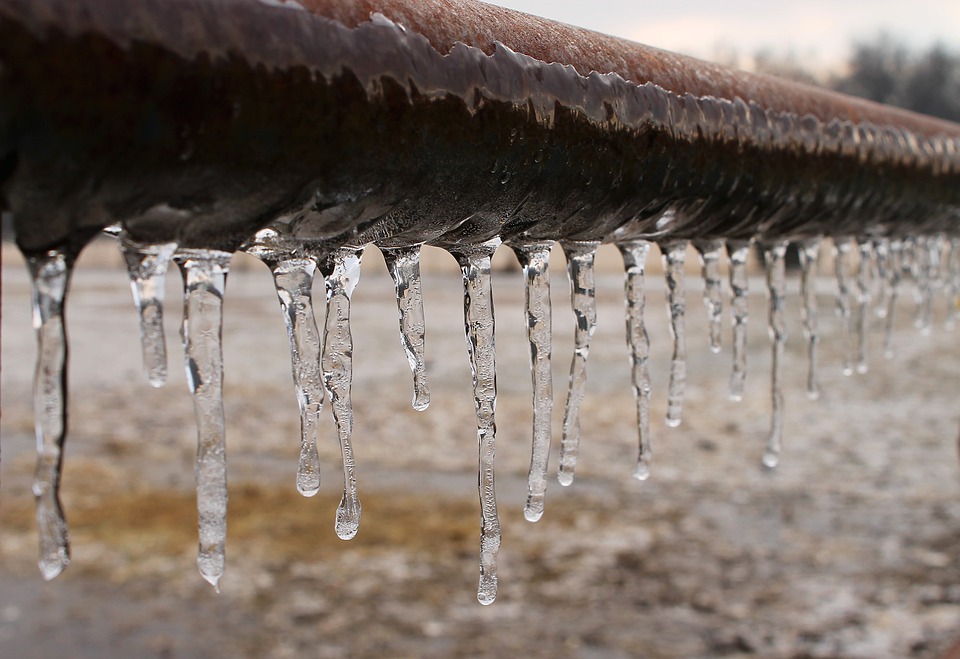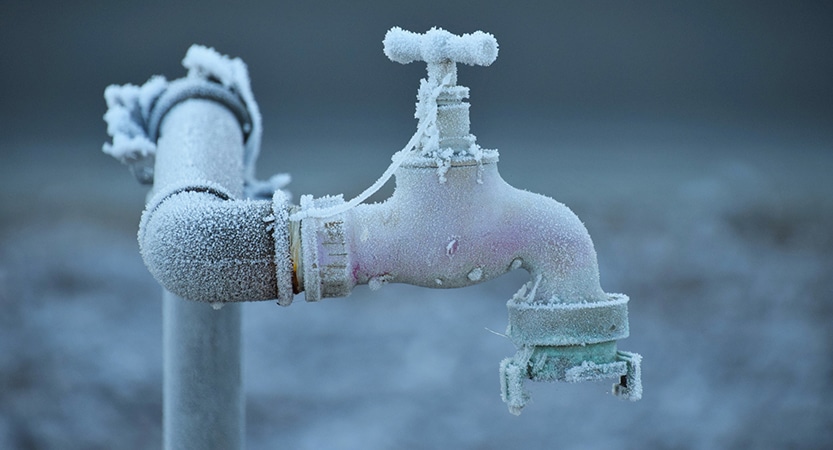Ways to Avoid Frozen Pipes in Cold Weather: Pro Advice
Ways to Avoid Frozen Pipes in Cold Weather: Pro Advice
Blog Article
The publisher is making a few good points on Helpful Tips to Prevent Frozen Pipes this Winter in general in this article just below.

Cold weather can damage your plumbing, particularly by freezing pipelines. Here's how to stop it from occurring and what to do if it does.
Intro
As temperatures decline, the danger of icy pipes increases, possibly causing expensive fixings and water damage. Understanding just how to avoid icy pipes is crucial for property owners in cold environments.
Recognizing Icy Pipelines
What causes pipes to freeze?
Pipelines ice up when exposed to temperature levels listed below 32 ° F (0 ° C) for extended periods. As water inside the pipelines freezes, it broadens, taxing the pipeline wall surfaces and possibly triggering them to burst.
Threats and damages
Frozen pipelines can bring about water system disruptions, residential or commercial property damages, and expensive repairs. Burst pipes can flood homes and cause extensive architectural damage.
Indicators of Frozen Water Lines
Determining icy pipes early can avoid them from rupturing.
Exactly how to determine icy pipelines
Try to find reduced water circulation from faucets, unusual smells or sounds from pipes, and noticeable frost on subjected pipes.
Avoidance Tips
Shielding vulnerable pipelines
Cover pipelines in insulation sleeves or utilize heat tape to safeguard them from freezing temperatures. Focus on pipelines in unheated or external locations of the home.
Heating techniques
Maintain indoor spaces effectively heated up, particularly areas with pipes. Open up cabinet doors to permit cozy air to circulate around pipes under sinks.
Protecting Outdoor Pipes
Yard hoses and outside taps
Separate and drain garden hose pipes before winter months. Set up frost-proof faucets or cover outdoor taps with insulated caps.
What to Do If Your Pipes Freeze
Immediate activities to take
If you think icy pipelines, keep faucets open to alleviate stress as the ice melts. Make use of a hairdryer or towels taken in hot water to thaw pipelines slowly.
Long-Term Solutions
Architectural changes
Think about rerouting pipelines far from outside wall surfaces or unheated areas. Add extra insulation to attics, cellars, and crawl spaces.
Upgrading insulation
Invest in top notch insulation for pipes, attics, and wall surfaces. Proper insulation assists preserve consistent temperatures and lowers the threat of icy pipes.
Verdict
Stopping frozen pipes requires proactive measures and quick reactions. By recognizing the causes, indicators, and preventive measures, property owners can secure their plumbing during cold weather.
6 Proven Ways to Prevent Frozen Pipes and Protect Your Home
Disconnect and Drain Garden Hoses
Before winter arrives, start by disconnecting your garden hoses and draining any remaining water. Close the shut-off valves that supply outdoor hose bibs and leave the outdoor faucet open to allow any residual water to drain. For extra protection, consider using faucet covers throughout the colder months. It’s also important to drain water from any sprinkler supply lines following the manufacturer’s directions.
Insulate Exposed Pipes
Insulating your pipes is an effective way to prevent freezing. Pipe insulation is readily available at home improvement stores and is relatively inexpensive. Pay close attention to pipes in unheated areas such as the attic, basement, crawl spaces, or garage. Apply foam insulation generously to create a buffer against the cold. You can also wrap your pipes in heat tape or thermostat-controlled heat cables for added warmth.
Seal Air Leaks
Inspect your home for any cracks or openings that could let in cold air. Seal any holes around the piping in interior or exterior walls, as well as the sill plates where your home rests on its foundation. Additionally, make sure to keep your garage door closed unless you’re entering or exiting. Leaving it open creates a significant air leak that can lead to frozen pipes.
Allow Warm Air Circulation
During cold snaps, it’s essential to allow warm air to circulate evenly throughout your home. Leave interior doors ajar to promote better airflow. Open kitchen and bathroom cabinets to help distribute heat consistently around the rooms. If you have small children or pets, be sure to remove any household chemicals or potentially harmful cleaners from open cabinets for safety.
Let Faucets Drip
A small trickle of water can make a big difference in preventing ice formation inside your pipes. When temperatures drop significantly, start a drip of water from all faucets served by exposed pipes. This continuous flow helps prevent the water from freezing. Additionally, running a few faucets slightly can relieve pressure inside the pipes, reducing the chances of a rupture if the water inside does freeze.
https://choateshvac.com/6-proven-ways-to-prevent-frozen-pipes-and-protect-your-home/

Do you like reading about Prevent Frozen Pipes ? Leave feedback down the page. We'd be glad to know your responses about this review. We are looking forward that you visit us again later on. Are you aware of somebody else who is inquisitive about the niche? Be sure promote it. I take joy in your readership.
Book A Free Estimate Report this page